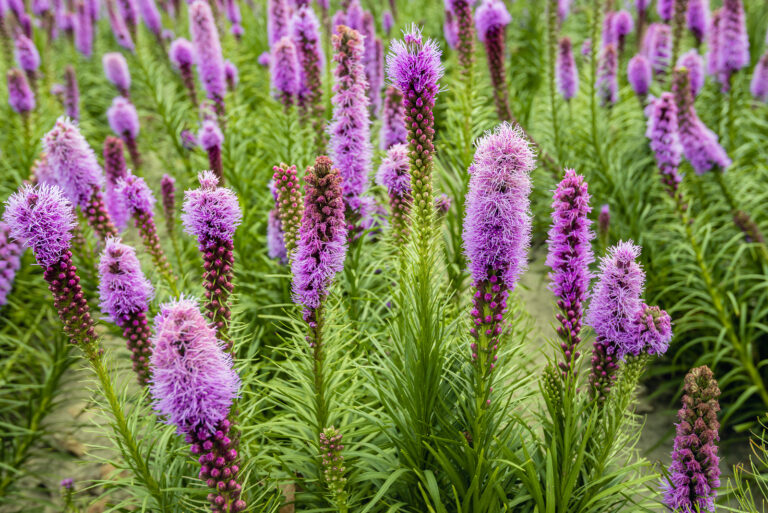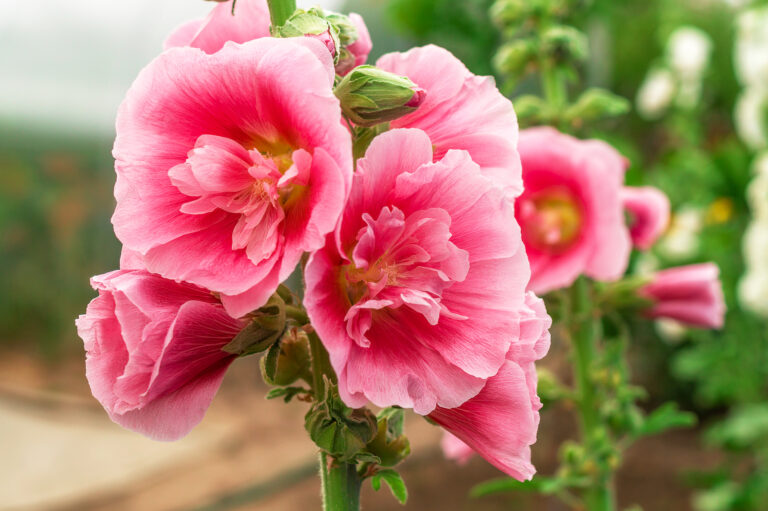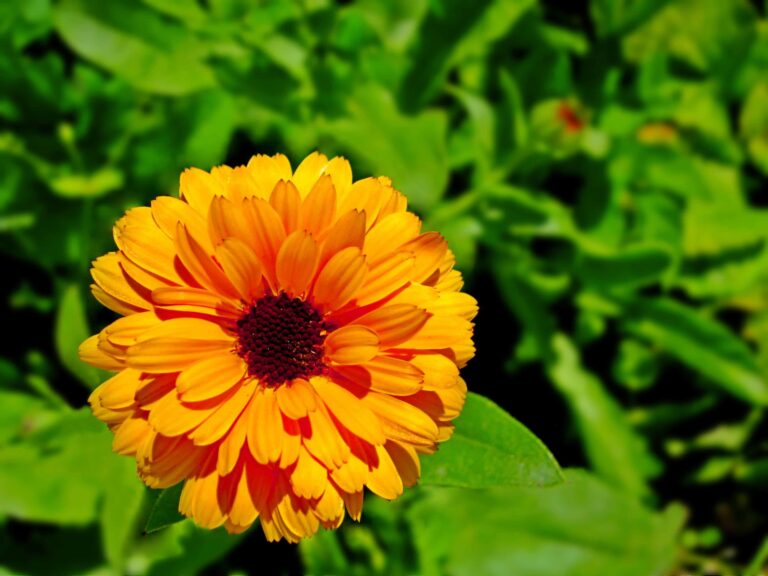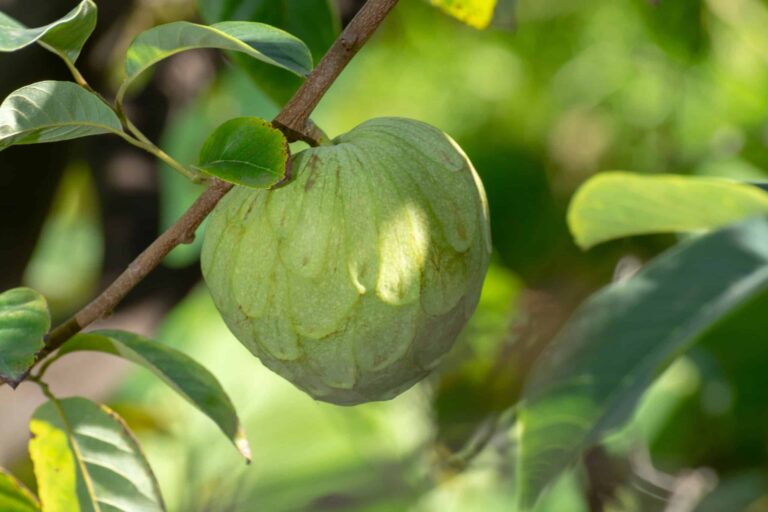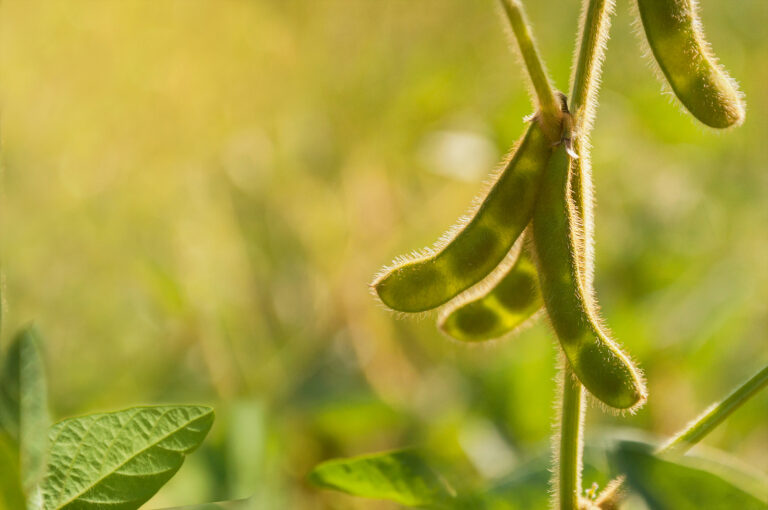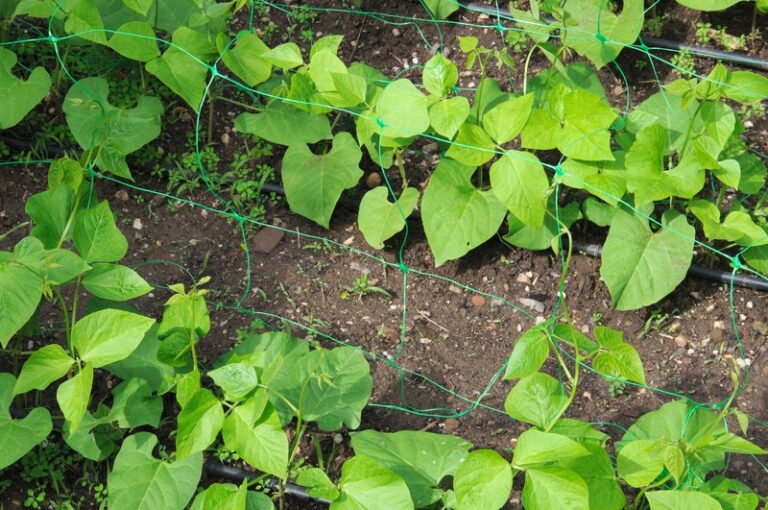The Best Cucumber Varieties for Your Garden
When it comes to growing cucumbers, choosing the right variety is key to ensuring a successful harvest, and having over 30 years of gardening experience, I can confidently say that the variety you select will depend on your growing needs. Cucumbers are typically divided into slicing cucumbers, perfect for fresh eating, and pickling cucumbers, which are ideal for preserving. Whether you’re looking for a cucumber to enjoy fresh in salads or one that will transform into crispy pickles, there are dozens of varieties to choose from. In this post, I’ll share the top cucumber varieties that I recommend based on years of experience, each with its unique characteristics to suit different growing conditions and culinary preferences.
It’s important to note that cucumbers come in two types of flower production: gynoecious and monoecious. Gynoecious varieties, like ‘Marketmore’ and ‘General Lee,’ produce only female flowers and must be grown near a monoecious plant, which produces both male and female flowers. Over the years, I’ve found that varieties like ‘Pickalot’, ‘Pioneer’, and ‘Little Leaf’ are excellent for pickling, while ‘Sweet Success’ and ‘Salad Bush’ are great for slicing. If you’re looking to grow cucumbers in containers, ‘Pot Luck’, ‘Spacemaster’, and ‘Patio Pik’ are compact varieties that thrive in smaller spaces. No matter what you’re growing for, whether it’s fresh slicing or pickling, this guide will help you pick the best cucumber variety for your garden.

Cucumber Varieties by Type
There are many types and varieties of cucumbers. Here are the differences:
- Bush cucumbers can grow 24 to 36 inches (61-91cm) tall and wide forming a compact plant. Bush cucumbers are well-suited for container growing or small gardens. Plant bush varieties every two weeks for a continuous harvest.
- Vine cucumbers can grow to 6 feet (1.8m) high or more and 2 to 3 feet (.6-.9m) wide. Vining cultivars require more space but produce more fruit. Grow vining cucumbers on a fence, trellis, or tripods when possible to keep fruit off the ground.
- Pickling cucumbers have thin, pale green skin, bear fruit early, and concentrate fruiting in a 10-day period. Pickle cucumbers a few hours after harvesting for crisp pickles.
- Slicing cucumbers, for fresh eating, commonly are green-skinned and set fruit for 4 to 6 weeks. Slicing cucumbers include “burpless’ cultivars which are mild-flavored and easy to digest.
- European, English, or greenhouse cucumbers are seedless cultivars developed for greenhouse growing.
- Lemon cucumbers are yellow oval-to-round heirloom cucumbers. Lemon cucumbers are ideal for a single serving. Harvest lemon cucumbers just as they turn yellow; do not wait too long or they will be seedy.
- Asian cucumbers are thin, heavily ribbed cultivars; the fruit grows from 12- to 24-inches (30-61cm) long.
- Gherkin is a term used for any pickling cucumber; however, a true gherkin is not a cucumber but the fruit of a different species, Cucumis anguria.
- Cornichons is the generic French term for any small cucumber.
Chose the Right Variety
Choose disease-resistant varieties and choose the variety right for your needs: slicing cucumbers are for salads and sandwiches; pickling cucumbers are for storing; and European cucumbers are for fresh eating–they are tenderly skinned, have no seeds, and mild flavored. Double check the cucumber’s pollination requirement: gynoecious cucumber varieties produce female flowers only and require a separate male pollinator (these are usually disease resistant); parthenocarpic varieties produce only female flowers but do not require a pollinator–these are a good choice for greenhouse growing.
Cucumbers for the home garden can be divided into four popular cucumber types: (1) slicing, (2) pickling, (3) burpless, and (4) space savers for small gardens and containers.
Abbreviations:
- AAS=All America Selection resists most diseases.
- ALS=Angular leaf spot.
- AN=Anthracnose.
- CMV=Cucumber mosaic virus.
- DM=Downy mildew.
- M=Mosaic virus.
- PM=Powdery mildew.
- S=Scab.
Slicing Cucumbers Varieties
• Dasher II. 55-60 days. CMV, DM, PM, S. Cool, crisp flesh, and great flavor. Slim dark-green fruit, 8½ inches long and 2¼ inches across. Standard slicing fruit. Compact heavy-yielding plants. Hybrid.
• Diva. 58 days.S, PM, CMV. Seedless, thin-skinned, distinctly crisp, sweet, and bitter-free. All-America selection in 2002. Harvest at 5 to 7 inches. Parthenocarpic—it needs no pollinator to flower and fruit.
• Greensleeves. 53 days. Excellent for salads and slicing. Dark-green, cylindrical fruit to 8½ inches long; uniform size, slightly tapered; small seed cavity. Good yield in the home garden on vigorous vines. Responds well to tough conditions. Early maturing. Gyonecious, mostly female flowers.
• Marketmore 76. 58 days. ALS, AN, CMV, DM, S. Standard slicing fruit, uniform size, long and slender. Dark green fruit, 8 to 9 inches long; white-spined; has a uniform dark green color gene which reduces the number of yellow bellies at harvest time. Very good in home gardens. Open-pollinated.
• Marketmore 80. 61-68 days. DM, ALS, AN, CMV, DM, PM, S. Improved Marketmore 76. Bitter-free even when large; for salads and slicing. Blocky, firm-skinned, dark-green fruits 6 to 8 inches long, 2½ in diameter. Good cool season main crop; plant in the fall in warm-winter gardens. Open-pollinated.
• Raider. 50-52 days. ALS, CMV, S. Excellent flavor; for salads and slicing. Straight, cylindrical, smooth, glossy, deep-green skin; uniform size. Vigorous, robust vines. Plant early does well in Canada and cool northern gardens. Gyonecious, mostly female flowers Hybrid.
• Slice Master Hybrid. 48-55 days. ALS, AN, DM, M, PM, S. Tasty slicing fruit. Dark-green fruit to 8½ inches. Early variety. Good yield. Mostly female flowers. Hybrid.
• Straight Eight. 58 days. AAS. Great taste; excellent slicing’ is also for pickling. Uniform, straight, deep-green fruit, 6 to 9 inches long 2½ inches in diameter, rounded at ends, white spined; small seed cavity. Small, vigorous, high-yield vine for the home garden; extended harvest. Heirloom. Open-pollinated.
• Sweet Success. 55-58 days. AAS, AN, ALS, CMV, DM. PM. S. Sweet, crisp, flavor. No bitterness. Thin skin does not require peeling. Smooth, straight, medium-green fruit 12 to 14 inches long; white spined; seedless. Vigorous, high-yield vine sets fruit without pollination. Best grown on stake or trellis, suitable for greenhouse cultivation. Hybrid.
Burpless Cucumber Varieties
• Burpless Hybrid. 62 days. CMV, DM, PM, S. Crisp, mild flesh, low in acid, non-bitter, easy to digest. burpless. Excellent for slicing or pickling. Straight, slender, bright-green fruit 10 to 12 inches long. Vigorous vine, high yield over a long season. Grow on a trellis. Hybrid.
• Orient Express. 64 days. DM. Crunchy, crisp, succulent, mild, burpless fruit; easy to digest. Peeling skin is not necessary. Slim, straight, dark-green fruits, 12 to 14 inches long, 1½ inches across. Vigorous vine; grows on trellis or fence. Hybrid.
• Sweet Slice. 55-62 days. AN, CMV, DM, S, PM. Very sweet, crisp, non-bitter, and burpless. Straight, cylindrical, dark-green fruit 10 to 12 inches long and 2½ inches in diameter. Thin tender skin does not require peeling. Vigorous vine, good yield, over a long season. Hybrid.
Space-Saver Cucumber Varieties
• Bush Champion. 60-80 days. M. Suitable for container growing. Straight, bright-green fruit 9 to 11 inches long. Short compact plant. Produces both male and female flowers over a long season.
• Bush Crop. 55 days. Flavorful, crisp, tender fruit. For slicing and salads. Excellent for containers and small gardens. Straight medium-green fruit is 6 to 8 inches long. Dwarf, bushy plant to 3 feet tall, nearly free of runners. Very productive. Hybrid.
• Bush Whopper. 55 days. For small gardens and containers. Large 8 to 12-inch fruit on dwarf, mound-shaped plants, no runners; heavy yield over a long season.
• Fanfare. 63 days. AAS. Disease tolerant. Great taste. Smooth, slender, green fruit 8 to 9 inches long. Uniform green no yellow bellies. Dwarf bush, high yield, early maturity, extended harvest. Hybrid.
• Pot Luck. 50-58 days. CMV, S. For pots, window boxes, limited-space gardens. Straight, medium- to dark-green fruit 6½ to 7 inches long 2¼ inches in diameter, slightly tapered; white spines. Vigorous, short-vined plant; extremely productive.
• Salad Bush. 57 days. AAS. CMV, DM, PM, S. Very tasty. Slicing cucumber, Uniform, smooth, dark-green fruits to 8 inches long. Dwarf plant to 24 inches tall and wide; a good choice for container growing. High yield. Hybrid.
• Spacemaster. 58 days. M, S. Suitable for containers. Smooth, cylindrical, dark-green fruit 7 to 8 inches long. Compact short-vined plant to 24 inches tall and wide. Very productive. Pick regularly to avoid misshapen fruit late in the season. Open-pollinated.
Pickling Cucumber Varieties
• County Fair 83. 48-53 days. AN, DM, M. PM, S. Sweet, full flavor, mild, easy to digest, no bitterness Fruit to 3 inches long almost seedless if kept away from other cucumbers. Pickler for chips, spears, whole pickling. Predominately female flowers. Vigorous, strong vines for home gardens. Hybrid.
• National Pickling. 53 days. M, S. Solid, crispy. Dark-green, blocky fruit to 5 to 7 inches long, 2½ inches wide; black spines. For sweet and dill pickles. Heavy yield over a long season. Early harvest from vigorous vines. Hybrid.
• Pickle Bush. 52 days. CMV, PM. Tasty, crisp fruit. Deep-green fruit with pale green stripes to 4½ inches long, 1½ inches across; blocky, classic pickle look. Very productive, compact vines to 2 feet long; suitable for containers.
• Regal. 48-52 days. Resistant to most diseases. Long, slim shape for pickle chips, spears, whole pickles; good brining quality. Early producing high yields over a long season. Gyonecious, mostly female flowers. Excellent for home gardens in all regions. Hybrid.
• Saladin. 55 days. AAS, DM, CMV, PM. Crisp, tender-skinned. For pickling or fresh eating; pick at any stage. Curved, bright-green fruit to about 5 inches long by 1¾ inches wide; small seeds. Good choice for greenhouse growing. Mostly female flowers. European origin. Hybrid.
How Many to Grow: Cucumber Yield
- Grow 2 to 3 cucumber plants per household member for fresh eating.
- Grow 3 to 4 plants per quart for pickling.
About Cucumbers
Ancient Roman Emperor Tiberius demanded cucumbers on his table every day of the year. The story does not say if they were slicing or pickling cucumbers; maybe both.
- The English or Holland or European cucumber are thick meated and seedless.
- The Armenian cucumber or Syrian or Turkish cucumber are pale green and curled.
- The lemon cucumber is shaped like a lemon and yellow: they are slicing cucumbers.
- Pickling cucumbers include the small West Indian Gherkin and the larger National Pickling.
“Cool as a cucumber” means you are about 20 degrees cooler than the outside air on a warm day, that is if you are a cucumber. That is said to be a scientific fact. For the kitchen gardener, “cool as a cucumber” may simply mean keeping cool in the face of a lot of cucumbers at harvest time. Slicing cucumbers are usually eaten raw on sandwiches or salads but may be cooked—prepared like squash. Cucumbers can replace squash in most recipes.
- Cucumber leaves are somewhat heart-shaped with rough margins; leaves and stems are covered with prickly short hairs.
- Cucumber flowers are yellow.
- Fruits are commonly pale or dark green but some varieties are yellow or white; fruit ranges in size from 3 inches (7 cm) to more than 24 inches (61 cm) long.
- Botanical name: Cucumis sativus
- Origin: Asia
Related Posts:
Ultimate Beginner to Expert Guide to Growing Cucumbers
Planning and Planting
- The Best Cucumber Varieties for Your Garden
- How to Plant Cucumber Seeds and Seedlings: Site, Spacing and Soil Needs
- Growing Cucumbers in Containers: Space -Saving Tips for Success
Care and Maintenance
- Watering, Feeding, and Caring for Cucumbers: A Complete Guide
- How and When to Prune Cucumbers for Healthier Vines
- How to Grow Cucumbers That Are Not Bitter Tasting
- Cucumber Flowering, Pollination, and Fruit Formation: Ensuring Maximum Yield
Troubleshooting and Pest Control
Harvest and Beyond


